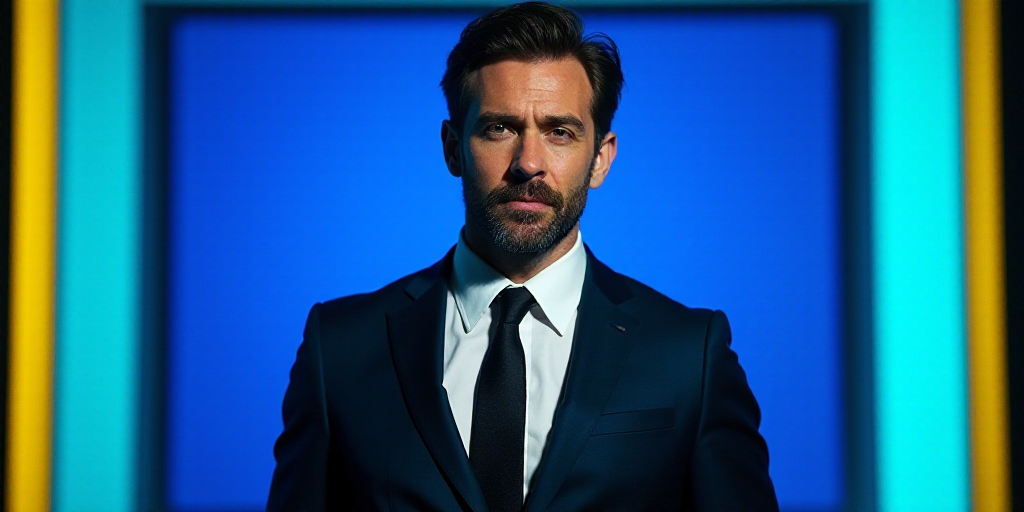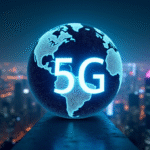Introduction
The Second Collegiate Tribunal of Mexico’s Supreme Court of Justice (SCJN) has ruled that works created autonomously by Artificial Intelligence (AI) do not qualify for copyright registration under the Federal Copyright Law (LFDA) and international treaties ratified by Mexico. This decision does not close the debate, as technology and human creativity continue to intertwine with algorithmic tools.
Background and Context
The ruling stems from a registration request for a digital work called Avatar Virtual, generated using the AI platform Leonardo. The court emphasized that copyright is a human right tied to creativity, intellect, emotions, and individuality. This judicial outcome prompts deeper reflection on whether existing laws can capture rapidly advancing technological realities and if they adequately protect human creativity or restrict new forms of creation, innovation, and digital expression.
International Comparisons
Other countries have faced similar dilemmas. In the United States, the U.S. Copyright Office requires human authors for protectible works. Works entirely generated by machines without human creative input have been rejected, such as the Thaler v. Perlmutter case where AI autonomously created the work.
- United States: The U.S. Copyright Office demands human authorship for protectible works. Completely machine-generated works, like in Thaler v. Perlmutter, have been rejected.
- United Kingdom: The law acknowledges “computer-generated works” under specific conditions. The person making necessary arrangements for creation may be considered the author, with the key factor being human input and creative intervention.
- European Union: The doctrine of originality requires that the work reflects “original intellectual creation” by a human author. However, there is no consensus among member states on whether autonomous AI productions meet this requirement without significant human intervention.
Mixed AI-Human Productions and Collaborative Works
The ruling raises questions about mixed AI-human productions and collaborative works. If someone generates a prompt for an AI model without modification, is that enough human creativity? Some legal systems differentiate cases where humans shape, correct, select, and edit AI-generated content. If an AI composes a melody, video, or computer code, but a human edits, mixes, and/or arranges it, could the human contribution qualify for protection? What percentage of human intervention should be required?
Implications and Future Considerations
Limiting authorship to physical humans provides legal clarity and predictability but may discourage AI investments, hybrid creative models, new artistic genres, and national technological development. Balancing the need for clear rules with adapting laws to technological changes is crucial.
As AI becomes more autonomous, like agent-based AI, with diminishing human intervention, how will these new works be registered? Will new categories of rights or special licenses emerge? Will human authorship always be required, even if the contribution is minimal?
Some Western jurisdictions are addressing these issues through consultations, reforms, or litigation. The UK is reviewing “computer-generated works” provisions, while the EU discusses how exceptions for use, data mining, and model training interact with copyright. Transparency obligations regarding AI models are also being considered.
Principles emerging from these experiences include minimal human authorship, transparency in AI use (distinguishing between human and machine contributions), differentiated rights protecting human input like arrangement, selection, or editing, and flexible legal frameworks adaptable to technological advancements without sacrificing legal certainty or outdated definitions.
Regulating emerging technologies carries the risk of legal obsolescence, hasty regulation, and innovation barriers. Delaying legal interpretations also results in uncertainty for creators, businesses, and investors regarding protectible content. Moreover, if AI benefits from human work without recognition or compensation, copyright is affected.
The SCJN ruling sets a firm precedent, though not definitive. Should the LFDA be amended to include AI-assisted works? In cases of autonomous generation, should a “connected right” or “sui generis right” be created to acknowledge investment or technological innovation, distinct from traditional copyright?
Is society ready to reconsider the foundations of digital authorship and culture itself?






